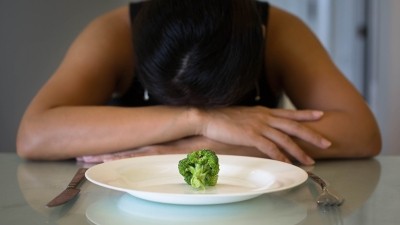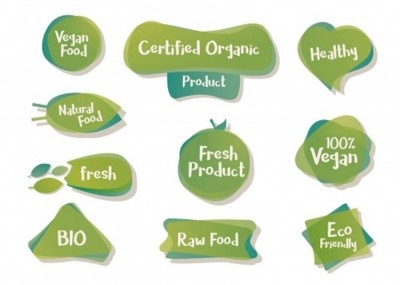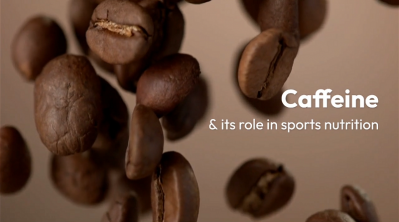Addressing Vitamin D deficiency in premenopausal Saudi women crucial for reducing prevalence of osteoporosis – study

The “alarming prevalence” of osteoporosis among elderly men and postmenopausal women in the local population has led the Saudi Arabian government to implement the National Plan for Osteoporosis Prevention and Management in 2018.
Bone mineral density (BMD) is key to detecting and preventing osteoporosis. The maximum achievable BMD, also called peak bone mass (PBM), is usually attainable by late teenage in healthy adolescents, with possible slight gains from ages 20 to 29.
Epidemiological research has shown that a 10% absolute rise in PBM can delay osteoporosis onset later in life by more than a decade. Therefore, identifying early determinants of PBM is imperative to the preventive strategy.
To investigate the factors that determine Z-scores among Saudi premenopausal women before and after the expected age of PBM, a multicentre cross-sectional study was conducted in Madinah and Jeddah between August 2021 and March 2022.
Z-scores compare participants’ BMD to an age-, gender-, and ethnicity-matched population.
A total of 886 premenopausal women ranging from 20 to 44 years old were included in the study. Among them, 68.3% were below and 31.7% above the age of 30.
In addition, 15.9% had a positive family history of osteoporosis, while 44.8% had a previous diagnosis of vitamin D deficiency.
The participants were asked to fill in a structured pre-coded questionnaire that included their sociodemographic information. Data on their BMD, menstrual history, lifestyle habits and physical activity, and food frequency, as well as blood samples were also collected.
Based on the findings, most participants had age-matched Z-scores, with 2.7% of women with non-age-matched Z-scores showing significantly lower levels of metabolic equivalent of tasks (METs) and vitamin D.
Notably, vitamin D serum levels were insufficient in 77.2% of all participants, with no significant difference between the younger and older groups.
However, parathyroid hormone (a peptide hormone secreted by parathyroid glands that regulate calcium concentrate in the blood) levels were higher in females above the age of PBM (p<0.01).
“Insufficient vitamin D significantly and inversely affects Z-scores in females above the age of PBM. These findings necessitate the introduction of screening and prevention programmes for vitamin D deficiency,” the authors wrote.
It was also found that the main Z-score determinants for women before the age of PBM were nutritional status and physical activity, as reflected by BMI (OR: 0.167, p=0.003) and total METs (OR: 0.160, p<0.005).
After the age of PBM, the significant determinants of Z-scores were parity (OR: 0.340, p=0.042), vitamin D deficiency (OR: 0.352, p=0.048), and BMI (OR: 0.497, p=0.019).
In terms of osteoporosis indication, 78.3% were at high risk, 19.8% were at medium risk, and 1.9% were at low risk. Women above the age of 30 showed significantly lower median T-scores, compared to younger females.
Additionally, young females had significantly higher METs for all physical activities — namely walking, climbing upstairs, running and moderate-intensity sports — except for household activities, which is significantly higher in the older group (p < 0.001).
“This study highlights the need for greater publicness awareness of factors that help achieve good PBM and maintain bone density later in life. Attention should be paid to physical activity and healthy nutrition, especially vitamin D intake, with intensification of efforts during the childbearing period.”
Role of diet
A decrease of 6.4% in PBM is reportedly associated with a two-fold increase in fracture risk during adulthood.
Several factors influence PBM, including genetics, nutrition, environment, and lifestyle.
Menstruation has been shown to positively impact BMD, as oestrogen supports bone formation and bone growth.
On the other hand, pregnancy-related effects on BMD depend on several factors during and after delivery, such as breastfeeding. Women may lose up to 10% of bone mass during pregnancy and lactation, which could be reversible within 6 to 12 months postpartum.
In this study, the younger participants reported a significantly lower intake of legumes and fresh fruits and vegetables, and a higher intake of salty food.
Only 16.8% of participants consumed adequate weekly servings of dairy product, with non-significant variation between both age groups (p = 0.731).
“This type of diet has unfavourable impact on bone health and could, in part, explain our regression analysis results, which showed that the Z-scores of younger females were significantly related to their dietary patterns.
“Recent evidence suggests that the isoflavones content of legumes and soy may have a crucial role in BMD. Therefore, the intake of a balanced diet comprising specific nutrients can be considered for an effective preventive measure for low BMD,” the authors said.
While the study offers new insights regarding the determinants of decreased BMD before and after the age of PBM in premenopausal Saudi women, it has some limitations.
These include the cross-sectional design using the non-randomisation technique, which limited the cause-effect relationship between the Z-score and its determinants; the absence of a standardised Saudi database, which inhibited a reliable interpretation of the individual BMD data; and the food frequency data which did not consider portion size, food fortification, and supplementation.
Source: Nutrients
https://doi.org/10.3390/nu15194280
“Determinants of Z-Score of Bone Mineral Density among Premenopausal Saudi Females in Different Age Groups: A Cross Sectional Study”
Authors: Intessar Sultan, et al












